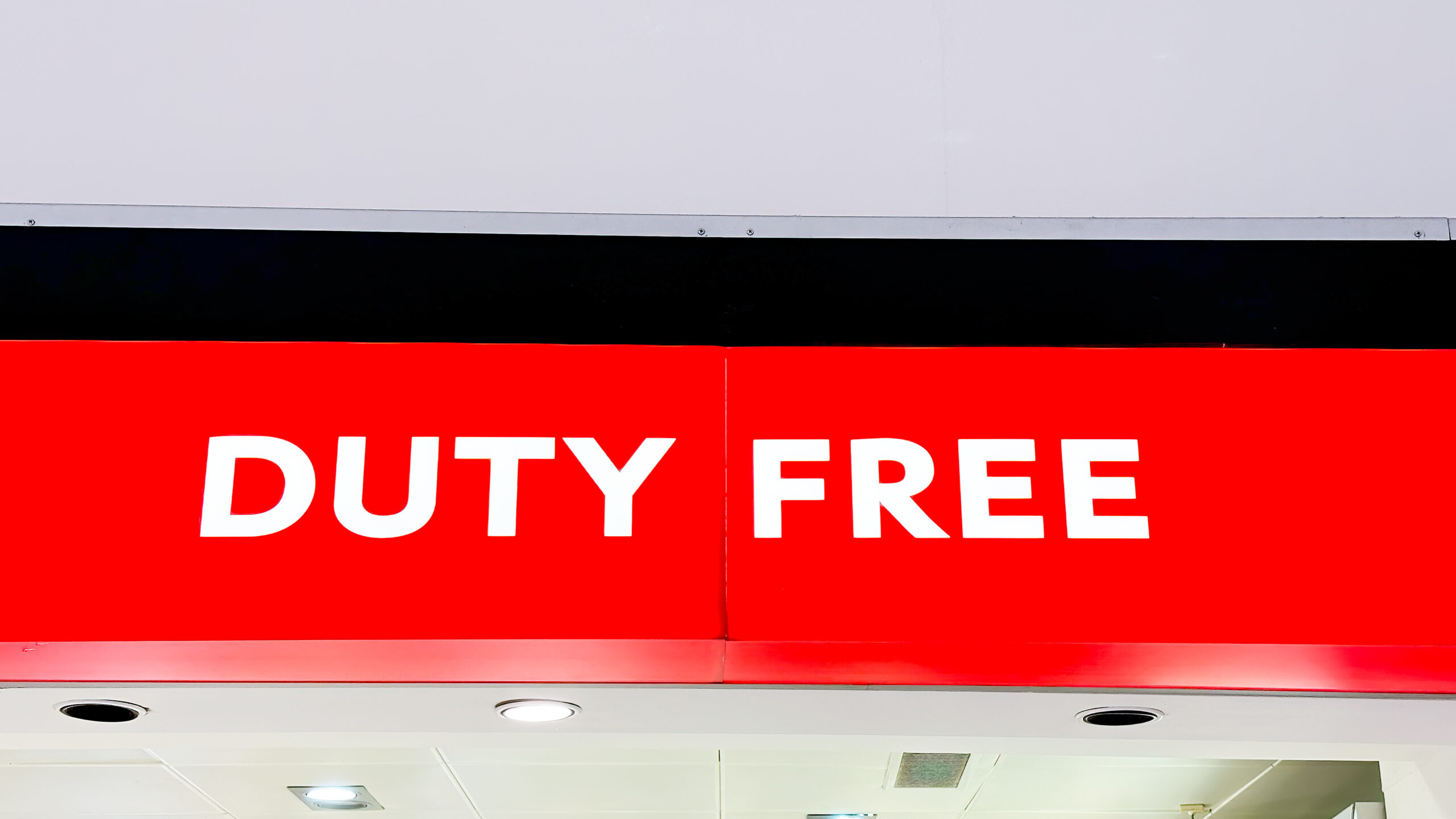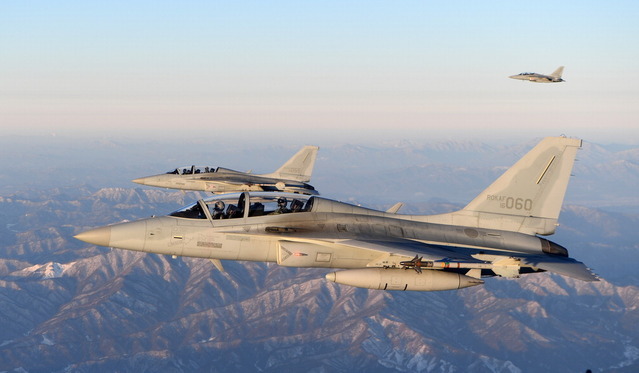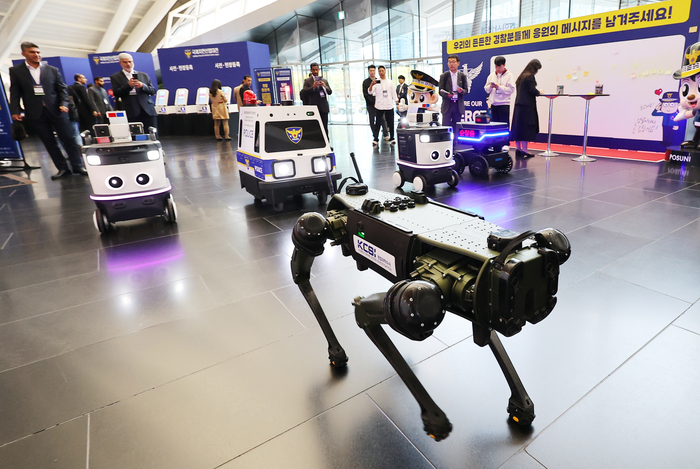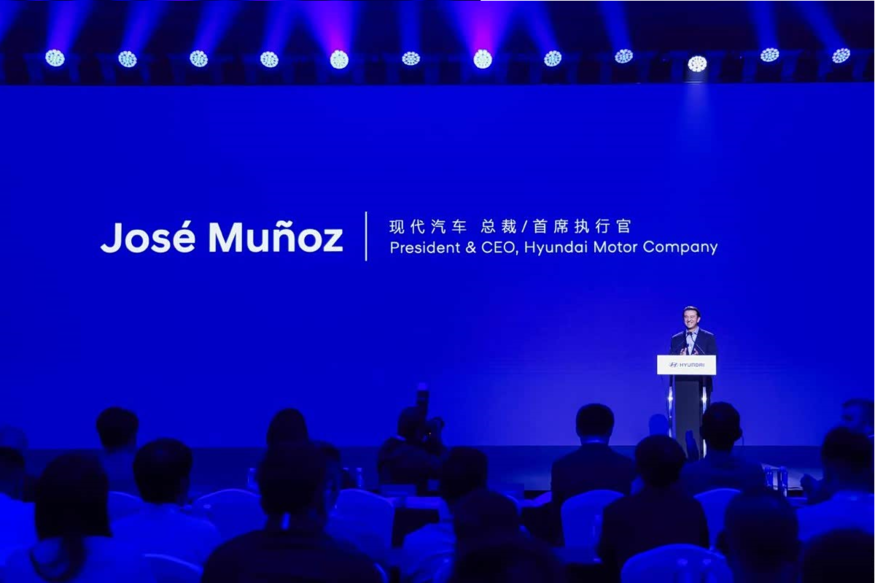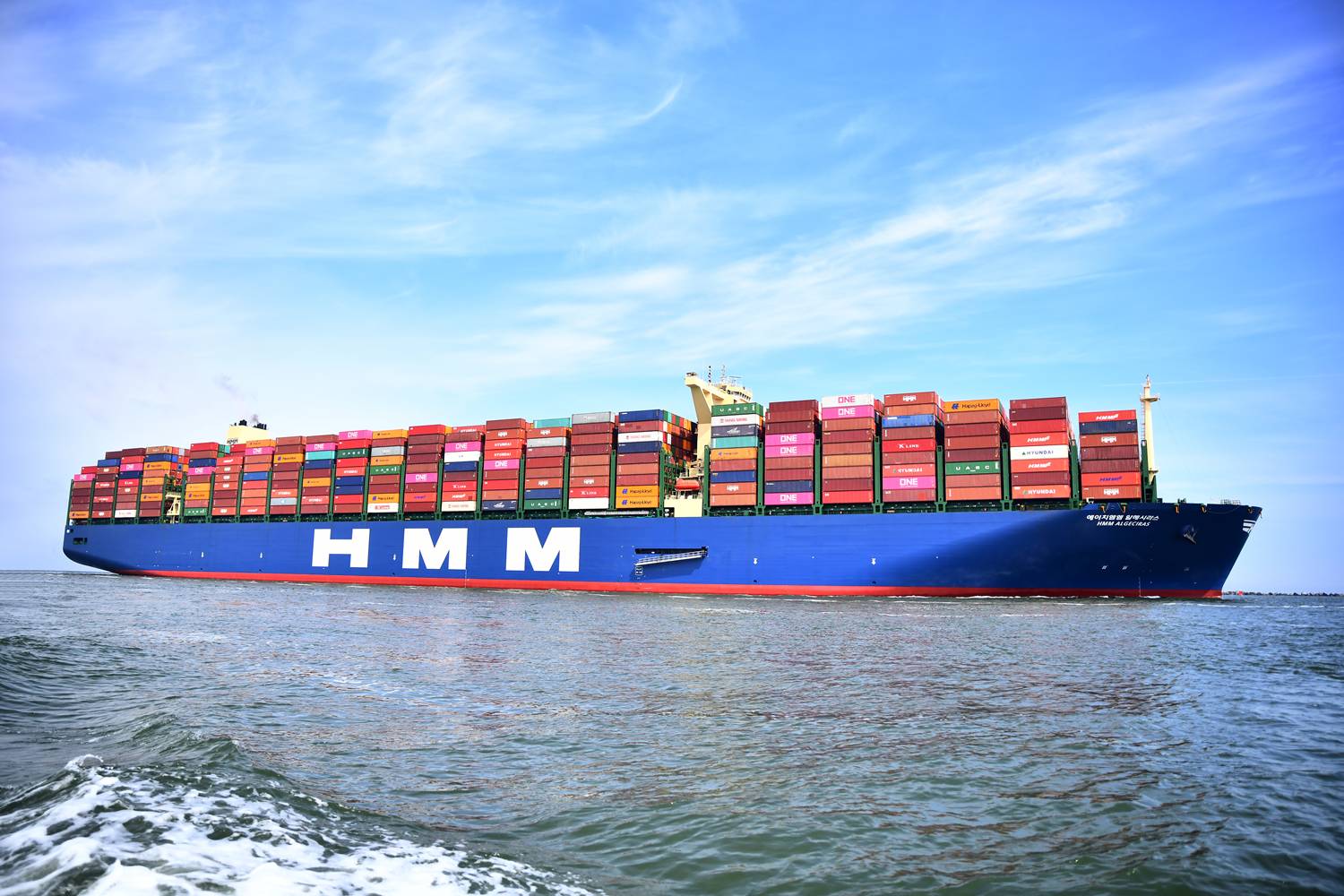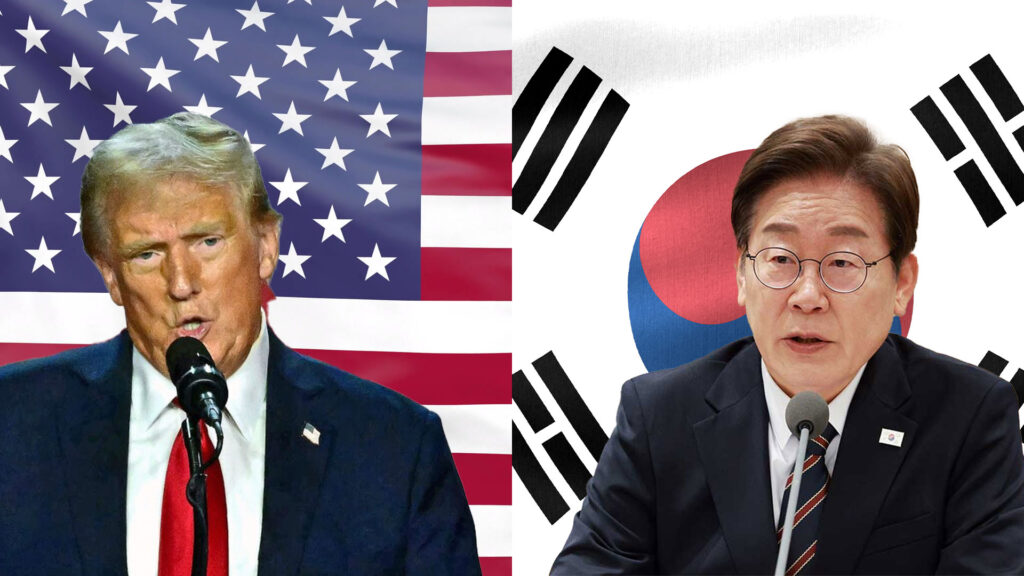
The United States has secured a major trade deal with South Korea, reducing reciprocal tariffs from 25% to 15% and locking in a commitment of $350 billion in South Korean investment, former President Donald Trump announced Tuesday. The announcement followed a meeting at the White House between Trump and a high-level South Korean delegation, including Deputy Prime Minister Koo Yun-cheol and Ministers Kim Jung-kwan and Yeo Han-koo.
In a post on his social media platform Truth Social, Trump described the agreement as a “full and complete trade deal” that reflects strong American leadership. He stated that South Korea will invest $350 billion in ventures owned and controlled by the United States and selected by the president himself. The deal also includes a commitment from South Korea to purchase $100 billion worth of American liquefied natural gas (LNG) and other energy products.
Trump said the full details of the agreement will be unveiled during a summit at the White House with South Korean President Lee Jae-myung, expected to take place within the next two weeks. He congratulated Lee on his recent election victory and expressed eagerness to welcome him.
The trade agreement further includes South Korea’s promise to open its markets more fully to U.S. exports, including automobiles, trucks, and agricultural products—sectors that have long been a focus of trade imbalances. Trump emphasized that the United States will not face any reciprocal tariffs as part of the deal.
Prior to the agreement, Trump had threatened to impose a 25% tariff on South Korean imports starting August 1 if no deal was reached. The South Korean delegation’s visit to Washington was seen as a direct response to those threats, culminating in the new agreement announced Tuesday evening.
While the announcement did not delve into specific product tariffs, such as those on steel and automobiles, the new 15% reciprocal tariff aligns with tariffs previously agreed upon with other U.S. allies, including Japan and the European Union.
Although Trump did not specify how profits from the South Korean investments would be shared, the structure is expected to resemble previous agreements, such as the deal with Japan, where Tokyo pledged $550 billion in investments focused on strategic sectors, with 90% of the returns benefiting the United States.
U.S. officials anticipate that South Korea’s investments will target critical industries like semiconductors, energy, pharmaceuticals, shipbuilding, and essential minerals. The agreement is part of a broader effort by the Trump administration to rebalance trade relations and encourage strategic investment in key American industries.


